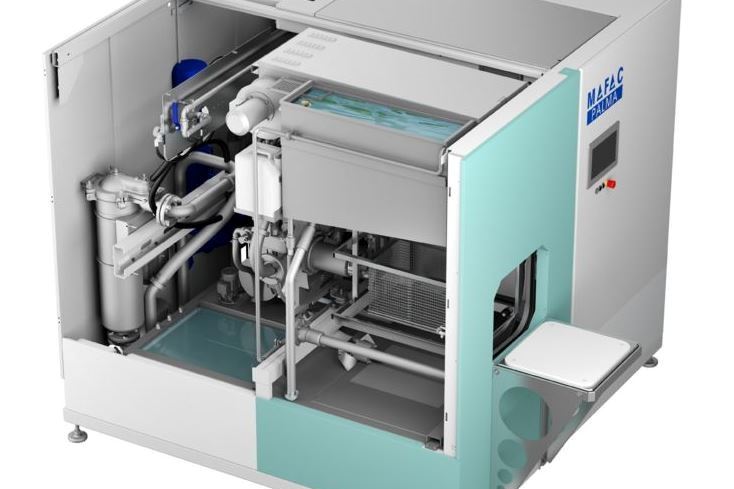Black Anodize on 383 Alloy
Question: We have been asked by one of our very good customers to anodize and dye black some sample pieces of 383 alloy.
Question:
We have been asked by one of our very good customers to anodize and dye black some sample pieces of 383 alloy. When we anodized the parts they came out “hazy” and with a brownish appearance. The parts would not dye well at all. In fact, we could see no change in the color after dyeing. We do Type II anodizing and keep the bath at 20-22C (68-72F). We dye with an inorganic black dye called “Sodium Sulfahydrate, Solid Ordinal Colorant (Amoniac).” I do not think the dye is the problem since the parts did not look good after anodizing. What can I do to get an acceptable black color? C.G.
Answer:
You haven’t stated what the anodizing bath concentration is, but let’s assume that it is 15% to 20% since that is pretty standard for Type II anodizing.
Featured Content
Alloy 383 is a high silicon, high copper die casting alloy that is difficult to anodize under any conditions. Cleaning the parts should be accomplished with a mild, non-etching alkaline cleaner and a deoxidizer / desmutter containing some fluoride. Fluoride will help to dissolve the silicon that tends to precipitate to the surface of the die casting. This is a common occurrence on high silicon die cast alloys. A brownish gray or gray with mottled brown areas is common after anodizing both 380 and 383 alloys. I believe a 20% to 22%, by weight, sulfuric acid anodizing bath would work best as it requires lower voltage for a given current density than lower concentration baths. Try anodizing at 12 or 13 volts, or lower, at a bath temperature of 24-26C (75-78F) for 20-30 minutes. I do not have experience with the particular black inorganic dye you are using so I cannot speak to your dyeing operation. You could also try a black organic dye such as Black MLW to see if dye uptake is any better than when using your inorganic dye.
Look closely at die-casting quality. The casting should be smooth and free of voids or inclusions. Try anodizing a part that has not been sand blasted. It is possible that the sand blasted surface is too rough. Depending on the media used for blasting, the blasting process could be a problem. If, indeed, the parts are blasted with silica sand the silica can become imbedded in the surface of the part causing a mottled appearance after anodizing.



















